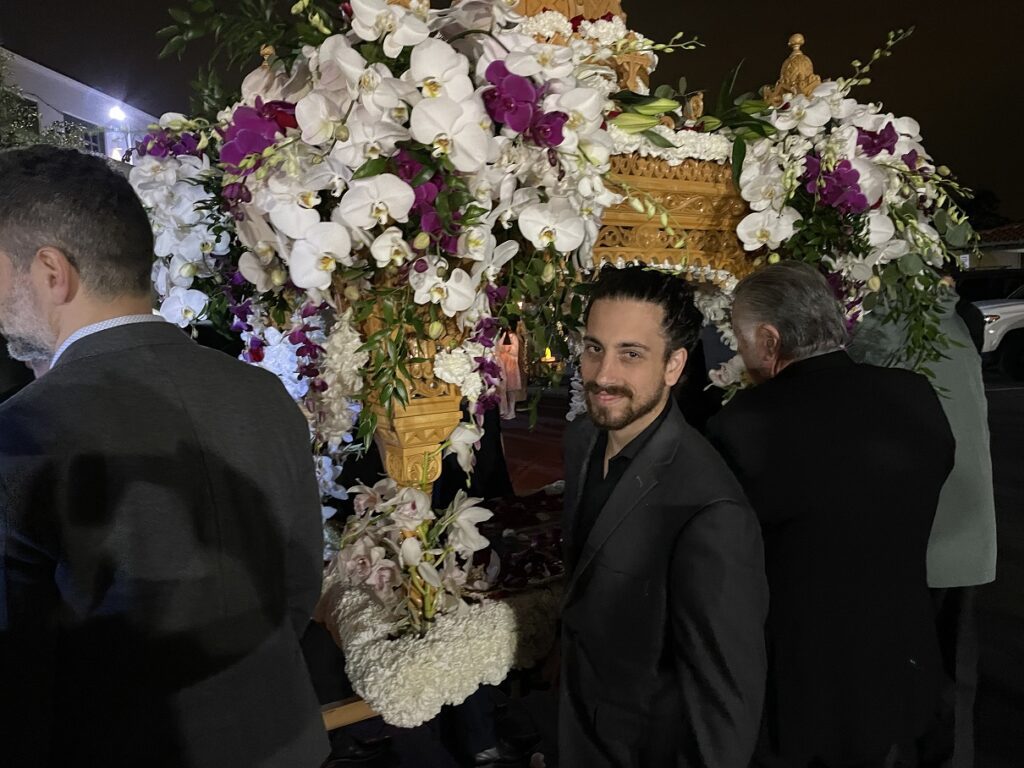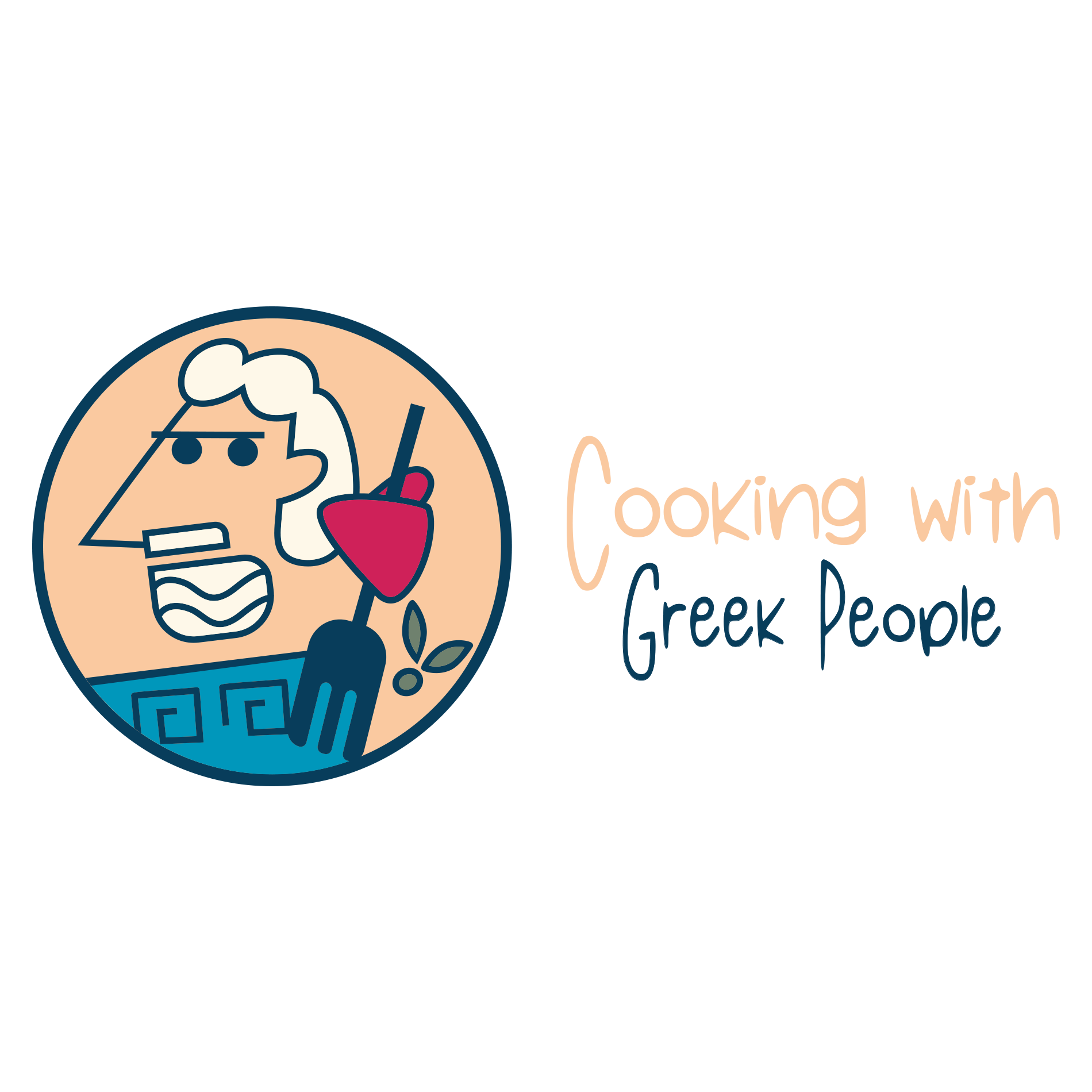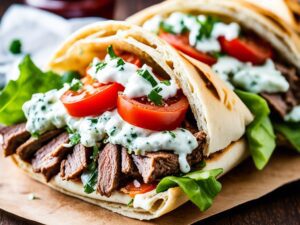

Greek Orthodox Easter, known as Pascha, is the most significant and joyous celebration in the Greek Orthodox Church calendar, rich with rituals, traditions, and community spirit. This guide offers beginners an insightful look into the profound and vibrant ways Greek Orthodox followers celebrate Easter, emphasizing the importance of each ritual and how you can participate in or appreciate these traditions.
Understanding the Significance of Pascha
Pascha is not only a celebration of the resurrection of Jesus Christ but also a culmination of the Great Lent, a period of 40 days of fasting and reflection. Unlike Western Easter, which follows the Gregorian calendar, Greek Orthodox Easter is calculated based on the Julian calendar and the date of Passover, ensuring it always follows Passover.
The Holy Week: A Journey Through Rituals
Holy Week in Greek Orthodox practice is a profound and intensive period leading up to Easter Sunday, with each day featuring specific services and rituals:
- Palm Sunday: Celebrating Jesus Christ’s triumphant entry into Jerusalem, Palm Sunday begins Holy Week with church services and processions featuring palm fronds and branches.
- Holy Monday to Holy Wednesday: These days focus on the end of Jesus’s earthly life, with hymns and readings that reflect on themes of repentance and forgiveness.
- Holy Thursday: The focus shifts to the Last Supper and the crucifixion of Christ. Traditionally, Greeks dye eggs red on this day, symbolizing the blood of Christ and the promise of eternal life.
- Good Friday (Holy Friday): This is a somber day commemorating the crucifixion and death of Jesus. It’s marked by the decoration of the Epitaphio (the symbolic bier of Christ) and a procession around the church or community in the evening.
- Holy Saturday: A transitional day from mourning into celebration, with midnight services marking the Resurrection. The service begins in darkness (symbolizing the tomb) and bursts into light at midnight, followed by the joyful proclamation, “Christos Anesti!” (Christ is Risen!).
Easter Sunday: Celebration and Feasting
After 40 days of fasting, Easter Sunday is a festive day of celebration and feasting. Families and friends gather to break the fast and share a meal, which traditionally includes:
- Mayeritsa: A soup made from lamb offal, served immediately after the midnight Resurrection service to break the fast gently.
- Roast Lamb: The centerpiece of the Easter feast, symbolizing Jesus Christ as the Lamb of God.
- Red Easter Eggs: Hard-boiled eggs dyed red, used in a game called “tsougrisma” where players tap their eggs against each other’s to see whose egg will crack last, symbolizing victory over death and the resurrection.
Customs and Traditions
In addition to the religious observances, Greek Orthodox Easter is filled with vibrant customs that add cultural depth to the celebration:
- Egg Tapping Game: A playful and competitive game where participants try to crack each other’s red dyed eggs.
- Easter Candles (Lambades): Large candles that are lit at the midnight service and carried home, symbolizing the light of Christ.
- Easter Breads (Tsoureki): Sweet, braided breads that are often flavored with spices like mahlab and mastic and decorated with red eggs.
Participating in or Observing Greek Orthodox Easter
Whether you are a member of the Greek Orthodox faith or an interested observer, participating in these celebrations can offer a deeper understanding of Christian faith, Greek culture, and community bonding. Attending a midnight service or joining a local Greek community for the Easter feast can be a profound and enriching experience.
Conclusion
Greek Orthodox Easter is a time of deep religious reflection, joyous celebration, and rich cultural tradition. From fasting and solemn hymns to festive meals and community games, Pascha encapsulates the spirit of renewal and community. For beginners interested in understanding or participating in these traditions, this guide provides a foundational understanding of how Greek Orthodox Easter is celebrated and how its rituals and customs play a central role in strengthening faith and community ties.



